Red Army assault brigades
The need to create assault battalions has matured in the 1943 year, when it finally became clear that a strategic change was taking place in the war in favor of the Red Army. Our troops launched an offensive on almost all the main fronts, and new offensive-type engineering units were urgently needed to break through the powerful defensive fortifications of the Nazi troops. It was decided to create such connections on the basis of already existing engineering-sapper units, and by 30 in May 1943, 15 ShISBr were created by re-forming them. Each brigade consisted of a headquarters, command, management and engineering intelligence, several assault engineering battalion engineers and a company of mine detectors.
Since the tasks before the assault battalions were set the most serious, they did not take anyone there. All candidates for ShISBr should have real combat experience, outstanding physical health and be no older than 40 years. The fighters of the assault battalions were equipped with much better and more modern uniforms than the ordinary soldiers of the Red Army. By the way, if you look at the photos of the military chronicles, you can easily distinguish the ShISBr fighters from them. Many of them have light machine guns, sniper rifles, machine guns, flamethrowers in their hands. Some of the attack aircraft were even wearing body armor (armored carts), which in those times was even more rare. Often, the soldiers hid their body armor under protective overalls and thus literally drove the Germans who were shooting at them. The Germans produced a cartridge for a cartridge, but they could not stop the fighters of Shibbr. There is even a curious bike on this subject. Allegedly, one of the fighters dressed in armored cars ran out of ammunition, and he, seizing an empty projectile from the German faustpatron, killed about ten Germans to death. They never understood why weapon does not affect the Soviet soldier. Although it may not be a bike at all, but a situation that actually happened.
Naturally, in addition to good uniforms and weapons, special training was required to solve the most difficult tasks for the fighters of the assault battalions. Much time the soldiers spent studying the basics of hand-to-hand combat, throwing grenades. We learned to quickly and silently overcome various types of obstacles. In some parts there were their own know-how in the field of training soldiers for the upcoming battles. So, for example, in 13, the ShISBR 62 battalion was commanded by Captain M. Tsun, who used combat rounds during training to create a more realistic combat environment.
However, in spite of all this, the first fights of ShISBr cannot be called too successful. The reason is the misuse of the assault battalions. When storming the fortified positions of the Germans, they were used as ordinary rifle units, respectively, receiving their own strip for the offensive. And since the ShISBr often had neither support of artillery, nor heavy small arms, and besides, the infantry simply did not have time for their lightning attacks, they suffered heavy losses during the attacks and could not always fulfill the task set before them. A typical example of how inefficiently used ShISBr forces in the first months after its creation is the unsuccessful assault on the 191,6 altitude near the Kireevo station.
The enemy defense consisted of three lines of trenches with firing points and dugouts. In front of the first trench was a carefully disguised anti-tank moat, which was covered by minefields and wire fences. The right flank of the Germans' defense rested on the river, and the left on the almost impassable swamp. The plan of the attack was as follows: first, the assault battalion was supposed to take a height of 191,6 by storm and wait for the approach there tanks and the main group of forces. Having overcame all three trenches of the Germans in a short time, and, as a result of a difficult battle, occupying high ground, fighters of the ShISBr took up defensive positions and began to wait for the approach of tanks and infantry. However, the tanks could not pass through the anti-tank moat, and accordingly the attack of the infantrymen who followed after them was drowned. To break through the right and left flanks of the German defense also failed. As a result, the ShISBr fighters essentially found themselves on all sides surrounded by the enemy, who, learning about this, began to transfer additional forces to this area. Having suffered heavy losses (236 people) at the cost of incredible efforts, the ShISBr fighters nevertheless managed to get out of the encirclement. This once again proved that the use of assault battalions as ordinary rifle units is far from the best option. Despite the excellent preparation and skills of taking enemy fortifications, such sorties were even beyond their power.
Only in the middle of December 1943, the order of the tasks that the ShIBBR fighters need to perform was clearly defined. The main task for them was still the blocking and destruction of enemy strongholds and fire installations. However, the adopted charter now discussed in detail that a breakthrough through heavily fortified enemy areas required heavy means of suppression and destruction, a detailed plan of action, interrelated actions with infantry and support from artillery. It was established that before attempting to break through the fortifications, it was first necessary to master the main strongholds and nodes of the enemy’s defense. Before the capture, the assault battalion was divided into three components - the assault group itself, the obstacle fencing group and the support group. All this has significantly reduced the loss of personnel and increase the effectiveness of various military operations.
Also ShISBr fighters were often used as tank destroyers. Having quietly crept up to the rear of the enemy, they undermined up to a dozen enemy tanks and returned imperceptibly as well. Their tasks were not limited to this, the soldiers of the ShISBr also carried out engineering duties, that is, they made mine-clearance of especially dangerous routes of the Red Army convoys, or carried out road-bridge works.
However, the assault battalions gained real fame during the battles for East Prussia. The Germans carefully prepared for the appearance of the Red Army - this region of Germany was essentially one large defensive structure. This was especially true of the fortress city of Koenigsberg (present Kaliningrad). Who knows what the operation of his assault would end with, if there were no WRAPs in the Red Army, because in many ways it was thanks to their participation that the assault was successful. For the assault of Koenigsberg, the command had prepared special tactics, the main force of which was precisely the fighters of the assault engineering brigades. All brigades and battalions were previously divided into small assault groups, which included three or four sappers, one or two flamethrowers, a tank, and about ten submachine gunners. Under the cover of armor tank to the building where the firing point was located, flamethrowers and sappers moved forward. Flamethrowers hit the embrasures, not allowing the enemy to fire, and the sappers at this time set explosives. Machine gunners also fired at the windows of the upper floors of buildings, thus covering the tank and the sappers. After the explosives exploded, machine gunners entered the building through an opening created by the explosion and destroyed the last pockets of resistance. A similar experience was used by ShISBr also during the storming of Poznan and Berlin.
After the end of the Great Patriotic War and the beginning of the war against Japan, the assault brigades also showed themselves well in the Far East. For this ShISBr had to significantly change their tactics due to the specific local conditions, but despite this, the fighters again showed their best, once again confirming their professionalism and versatility. After the end of hostilities against Japan, most ShISBr, unfortunately, was disbanded. And after a few years, this kind of troops disappeared altogether.
Thus, it is obvious that the assault engineering-sapper brigades of the reserve and the assault battalions within them made a very significant contribution to the outcome of the Great Patriotic War. It was thanks to their experience and skills that they managed to take many impregnable outposts of the Germans, both within the Soviet Union and later, during the liberation of Poland and the capture of Germany. ShISBr were probably one of the most combat-ready units of the Red Army during the war, and most importantly their quality is their incredible versatility, the ability to perform almost any task, ranging from demining the area to storming any, even the most complex enemy reinforcement. And it becomes very disappointing that very few people in our country know about the existence of these brigades, since they are almost never written about in the media and do not make any documentary or feature films, for some reason preferring to talk more about the minuses of the war, forgetting about her real heroes. If you are intrigued by this topic, and you want to learn more about the actions of ShISBr during the Great Patriotic War, then I recommend reading the book of I. Moschansky “Engineering and assault units of the RVGK”. It describes in detail the history of the creation of such units and many glorious victories of storm troopers.
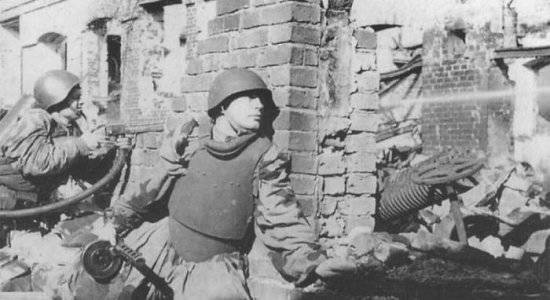
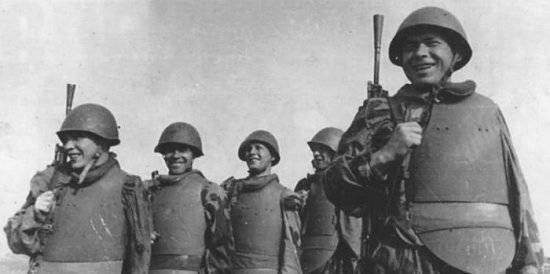
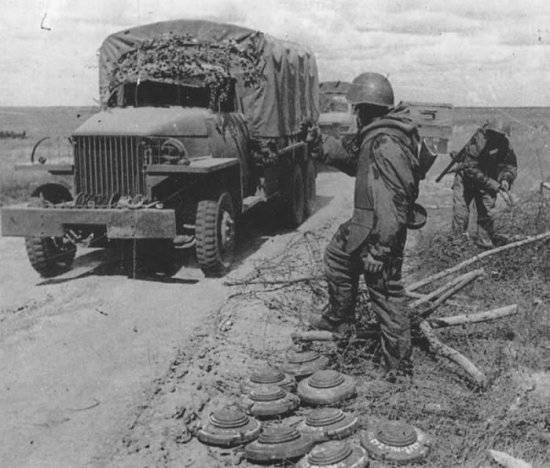
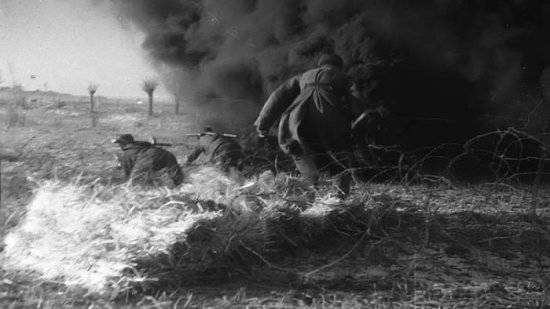
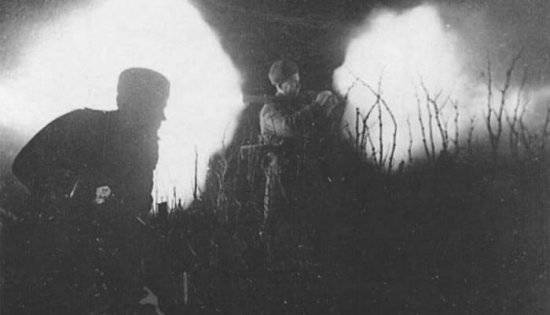
Information